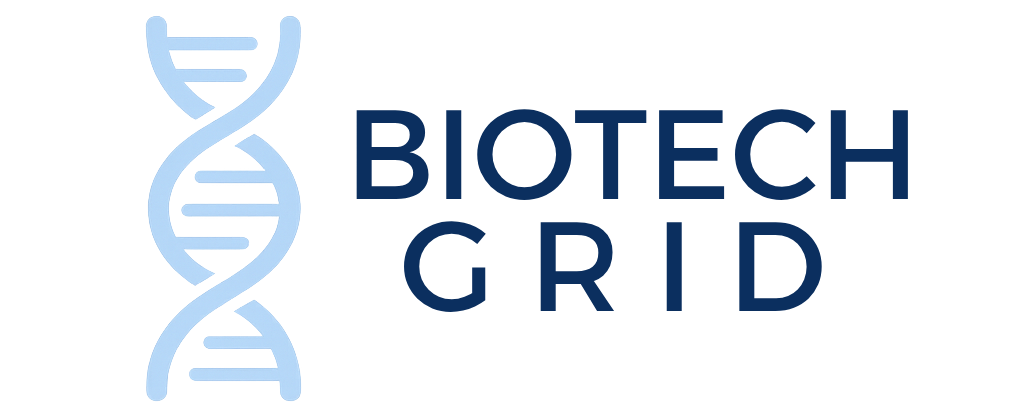
A groundbreaking study conducted by researchers at Osaka Metropolitan University has unveiled promising therapeutic potential for plasma-activated medium (PAM) in combating synovial sarcoma, a rare and aggressive form of soft tissue cancer. This innovative treatment leverages a non-thermal atmospheric-pressure plasma device to activate cell culture media, inducing potent anti-tumor effects both in vitro and in vivo.
The scientific team achieved this novel intervention by irradiating mammalian cell culture medium with non-thermal atmospheric-pressure plasma, creating what is known as plasma-activated medium. This PAM harbors reactive species that can selectively induce cancer cell death, making it a compelling candidate for targeted cancer therapies. The research specifically focused on synovial sarcoma, a malignancy that poses significant treatment challenges due to its resistance to conventional therapies.
Using human synovial sarcoma cells in vitro, the researchers discovered that exposure to PAM prepared with five minutes of plasma irradiation dramatically reduced cell viability. After treatment, only 21% of the synovial sarcoma cells survived compared to untreated controls, showcasing the medium’s potent cytotoxic effects. This finding elucidates the mechanism by which PAM disrupts cellular integrity and induces apoptotic pathways in cancer cells.
Extending their investigation to in vivo models, the team administered daily injections of PAM around tumors in mice afflicted with synovial sarcoma over a four-week period. The results were remarkable: tumor volume decreased to approximately 46% and the final tumor weight was reduced to around 59% relative to control groups receiving no treatment. These findings suggest that PAM not only exhibits strong anticancer properties at the cellular level but also translates into meaningful tumor suppression in living organisms.
An important aspect of this study is the observation that mice treated with PAM exhibited no overt side effects commonly associated with chemotherapy or radiotherapy, such as weight loss or decreased appetite. This highlights PAM’s potential to provide a safer and less toxic alternative for cancer treatment. The absence of systemic toxicity is crucial when considering patient quality of life during therapy.
The activated medium’s anticancer mechanisms are believed to be mediated through reactive oxygen and nitrogen species generated during plasma irradiation. These species induce oxidative stress selectively in tumor cells, leading to DNA damage, mitochondrial dysfunction, and programmed cell death, while sparing normal healthy cells. This selective cytotoxicity underpins the therapeutic promise of PAM in oncology.
Professor Hiromitsu Toyoda, a key member of the research team, emphasized the translational impact of their findings, stating the potential of PAM as a new therapeutic avenue for patients suffering from synovial sarcoma, a cancer with limited effective treatment options. The researchers envision continued refinement and optimization of plasma generation parameters and delivery methods to maximize clinical efficacy.
From a technical perspective, the study employed a non-thermal atmospheric-pressure plasma device capable of producing reactive species at room temperature and atmospheric conditions without damaging surrounding tissues. This technology is innovative because it circumvents the limitations posed by thermal plasma and traditional chemical agents, which often involve complex handling and safety concerns.
The research also paves the way for exploring plasma-activated media against other types of malignancies, given the broad spectrum of reactive species delivered and their fundamental mode of action on cellular oxidative balance. Future multidisciplinary studies are anticipated to evaluate combination therapies that integrate PAM with existing immunotherapies or chemotherapeutic agents.
Published in the peer-reviewed journal Biomedicines, this study represents a significant advancement in the field of plasma medicine, a burgeoning discipline merging physics, chemistry, and biology to develop novel medical interventions. The convergence of plasma physics and oncology could revolutionize approaches to cancer treatment by offering innovative, minimally invasive options.
Osaka Metropolitan University’s research underscores the importance of interdisciplinary collaboration, involving experts from the Graduate School of Medicine and the Graduate School of Engineering. The successful fusion of expertise in plasma technology and biological sciences was critical to elucidating the complex interactions underlying PAM’s therapeutic effects.
As synovial sarcoma predominantly affects adolescents and young adults and often carries a poor prognosis due to high rates of recurrence and metastasis, the introduction of PAM as a treatment modality could provide a life-changing option for patients. Intensified investigation and clinical trials will be essential next steps to validate safety and efficacy in human populations.
In summary, this pioneering work on plasma-activated medium uncovers a sophisticated, selective anti-tumor strategy that combines novel plasma technology with cancer biology. It heralds a new frontier in oncological therapeutics with the promise to enhance survival outcomes and reduce treatment-related morbidity for individuals afflicted by challenging cancers such as synovial sarcoma.
Subject of Research: Cells
Article Title: Anti-Tumor Effect of Non-Thermal Atmospheric Pressure Plasma-Activated Medium on Synovial Sarcoma: An In Vitro and In Vivo Study
News Publication Date: 20-Feb-2025
Web References:
Osaka Metropolitan University
DOI: 10.3390/biomedicines13030534
References:
Published in Biomedicines journal; DOI: 10.3390/biomedicines13030534
Image Credits: Osaka Metropolitan University
Keywords:
Plasma-Activated Medium, Synovial Sarcoma, Non-Thermal Plasma, Cancer Therapy, Reactive Oxygen Species, In Vitro Study, In Vivo Study, Tumor Suppression, Plasma Medicine, Soft Tissue Sarcoma, Oxidative Stress, Selective Cytotoxicity
Tags: anti-tumor effects of PAMapoptotic pathways in cancer treatmentcytotoxic effects of plasma-activated mediumin vitro and in vivo cancer studiesinnovative cancer therapiesmechanisms of cancer cell deathnon-thermal atmospheric-pressure plasma therapyplasma-activated medium for cancer treatmentpromising therapies for aggressive cancersresistance of synovial sarcoma to therapiessynovial sarcoma research breakthroughstargeted treatments for soft tissue cancer



